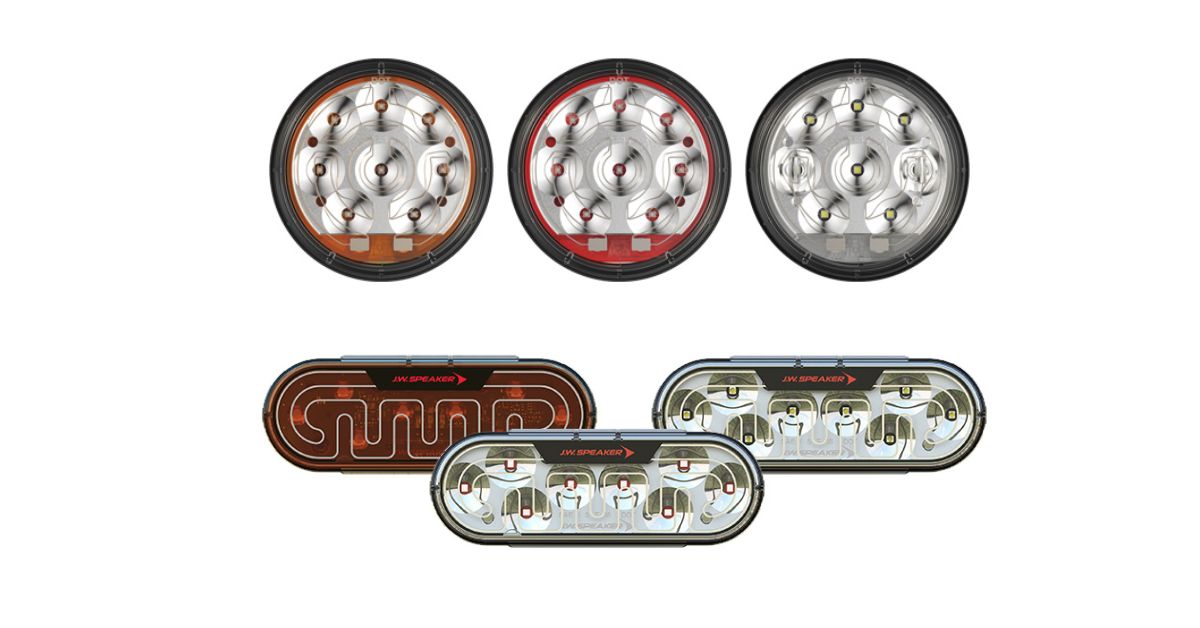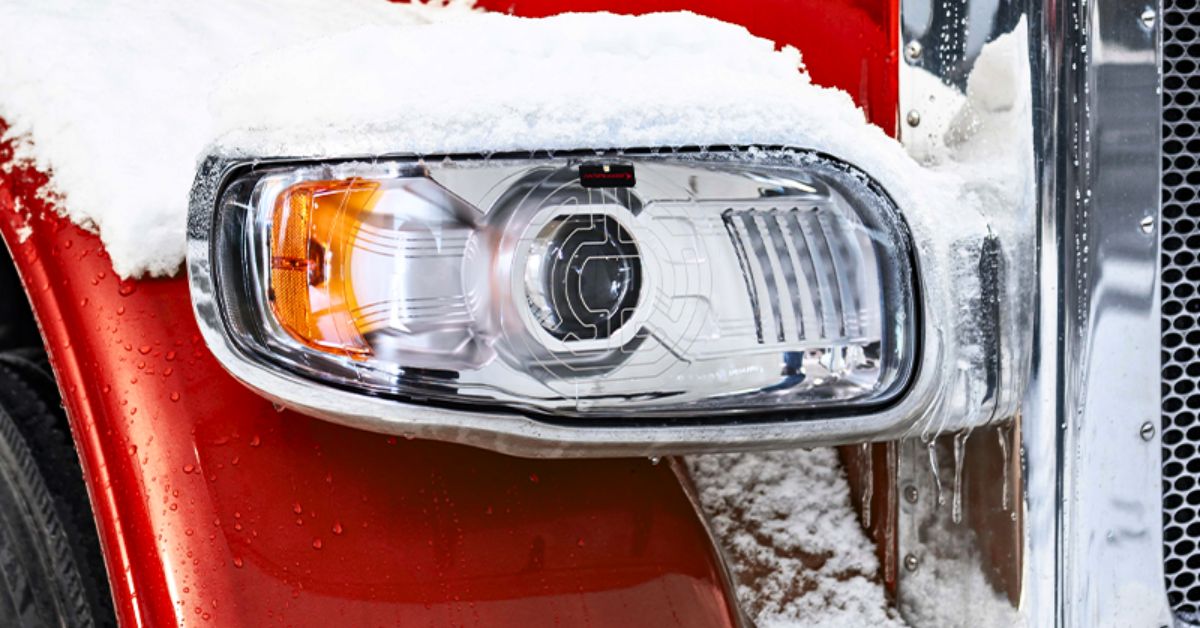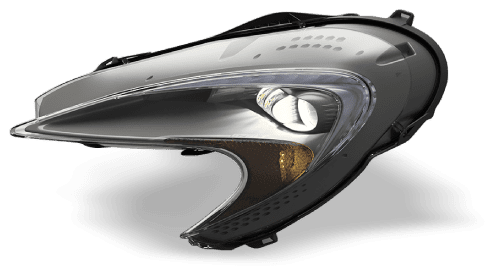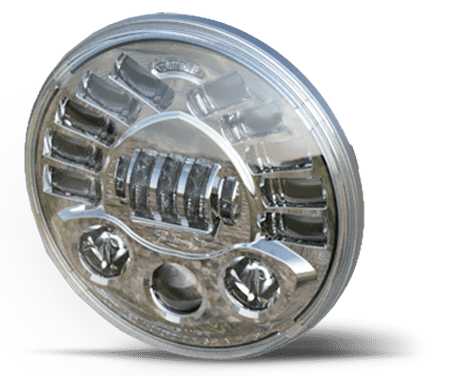
Heated LED Lights: The Science Behind the Technology

Lighting technology has made significant strides over the years, with LED lights now dominating as a more energy-efficient and durable option compared to traditional lighting systems.
However, as innovative as LEDs are, they aren’t without their limitations. One such challenge arises in cold weather. Because LEDs don’t naturally generate as much heat as halogen lights, ice buildup and other functional issues can occur. Enter heated LED lights, a specialized innovation designed to address these challenges while enhancing the performance of LEDs.
Uncover the science behind the technology fueling heated LED lights to get a better idea of how they function and how you can leverage them successfully.
How LEDs Work
LEDs (light-emitting diodes) function through the movement of electrons within a semiconductor material. When an electric current passes through these diodes, light is emitted as energy changes states. Unlike incandescent or halogen bulbs, which produce a significant amount of heat along with light, LEDs are highly efficient in converting energy almost exclusively into light.
The Use for Heated LEDs
The aforementioned efficiency of LEDs, while beneficial in many ways, leads to a challenge in environments where heat is necessary for operation. Traditional lights naturally generate substantial heat as a byproduct, which can prevent ice or condensation buildup. LEDs, on the other hand, emit minimal heat into their surroundings, leaving components such as lenses susceptible to freezing in specific conditions.
This is where heated LED technology comes into play, which incorporates an additional element for controlled heat generation. Now, does this extra heating power come with more energy costs? Luckily, as you’ll learn below, heated LEDs remain an efficient and reliable solution.
Managing Heat for Optimal LED Performance
The integration of heating mechanisms into LED systems involves careful engineering to maintain the delicate balance of efficiency and functionality.
Heated LEDs typically include small, embedded heating elements that distribute heat without compromising energy efficiency. These heating elements will gently warm the surface of the light, keeping ice and condensation at bay.
Thermal management systems are essential to the functionality of heated LEDs. Without proper regulation, excess heat could degrade the LED components, reducing both their lifespan and performance. Advanced heating technology on LEDs monitors ambient temperatures and activates heating only when necessary, conserving energy while optimizing performance.
Applications of Heated LEDs
Transportation is one of the most prominent sectors benefiting from this technology, particularly in automotive applications. Heated LED lights have carved out an indispensable role in vehicles that operate in challenging environmental conditions.
You can install heated LED headlights, but that’s not the only way to leverage this technology in your vehicle’s lighting system. Heated taillights and turn signals also ensure safety and reliability in freezing weather by preventing ice and snow from obscuring visibility.
This innovation is especially beneficial for electric and hybrid vehicles, as it optimizes energy efficiency while delivering consistent performance. By investing in heated LED technology, automotive manufacturers not only enhance vehicle functionality but also contribute to safer and more reliable driving.

Benefits of Using Heated LED Lights Over Other Options
The main benefit of using heated LEDs is improving road safety because they ensure visibility even in freezing conditions. However, this is a perk that even halogen lights provide. So why should you choose LED lights when halogen ones are generally more affordable?
Well, heated LEDs offer numerous benefits compared to traditional halogen lights. Below, we reveal these benefits and how they highlight the value of making the investment in heated LEDs for your vehicle or fleet.
Cost Savings
Heated LEDs, as we mentioned, usually come with integrated heating mechanisms that can intelligently activate as needed. Because of this, they consume minimal extra power and promote cost-effectiveness alongside performance. So while they may cost more initially, they usually compensate for this purchase price with years of efficient, reliable performance.
Energy-Efficiency
From a sustainability perspective, heated LEDs stand out as a forward-thinking solution. Reducing maintenance and energy consumption are two big ways they support eco-friendly initiatives while delivering optimal results. If you’re concerned about lowering your carbon footprint or must meet the legal demands of sustainability initiatives for your fleet, choosing LEDs is a smart move.
Long Lifespan
LEDs have a notoriously long lifespan. Because of this, they usually entail fewer maintenance and replacement costs than halogen bulbs. So again, though they cost more initially, they make up for the cost in long-lasting performance.

Challenges and Solutions in Implementing Heated LEDs
While the advantages of heated LED technology are clear, you should never ignore the potential challenges in implementing this innovation.
Cost
As we mentioned, one of the primary hurdles is cost. Heated LED systems involve additional components and advanced technologies, which can make them more expensive than both halogen lights and standard LEDs. However, the long-term benefits, such as reduced maintenance and longer operational lifespan, quickly offset these upfront costs for many applications.
More Complicated Design
Another challenge lies in ensuring the reliability of the heating element without compromising LED performance. Poorly designed systems that overheat or drain excessive energy can negate the foundational benefits of LED technology.
To counter this, manufacturers must always turn to sophisticated control systems that allow precise calibration of heating properties, sustaining optimal performance under varying conditions. Simply put, choose a brand that you can trust to deliver a reliable, powerful heated LED system for your vehicle.
Heated LEDs: The Tech of the Future Available at J.W. Speaker
Both heated LED lights and the science behind the technology have evolved substantially, demonstrating just how far lighting systems have advanced. By addressing the limitations of traditional LEDs in cold environments, this innovation has expanded the scope of applications while maintaining the core principles of efficiency and sustainability. Heated LEDs provide a harmonious blend of advanced engineering and practical benefits.
Moreover, the ongoing developments in heated LED technology suggest a future where lighting systems adapt dynamically to their surroundings. Implementing these solutions now not only enhances safety and performance but also paves the way for smarter, greener lighting systems.
At J.W. Speaker, we have heated LED lights available that will help you revolutionize your vehicles immediately. Once you have this reliable technology at your fingertips, you or your fleet can brave the elements with more confidence. You should always be able to rely on your headlights and other lighting solutions, no matter the weather conditions.
It’s not just about illumination; it’s about innovation. And with heated LEDs, the possibilities are truly bright. Innovate your vehicle lighting solutions today with the help of high-quality heated LEDs from J.W. Speaker.
To counter this, manufacturers must always turn to sophisticated control systems that allow precise calibration of heating properties, sustaining optimal performance under varying conditions. Simply put, choose a brand that you can trust to deliver a reliable, powerful heated LED system for your vehicle.


